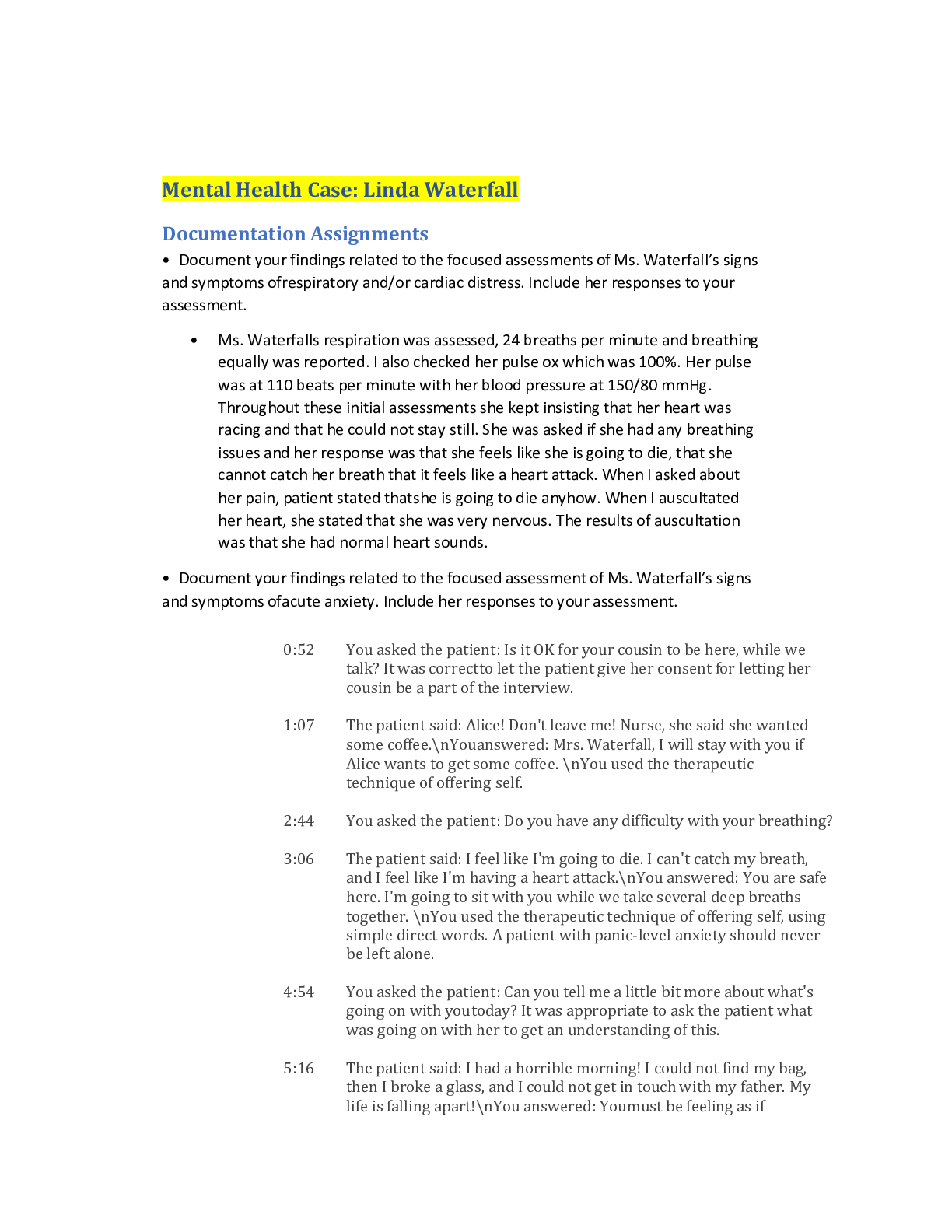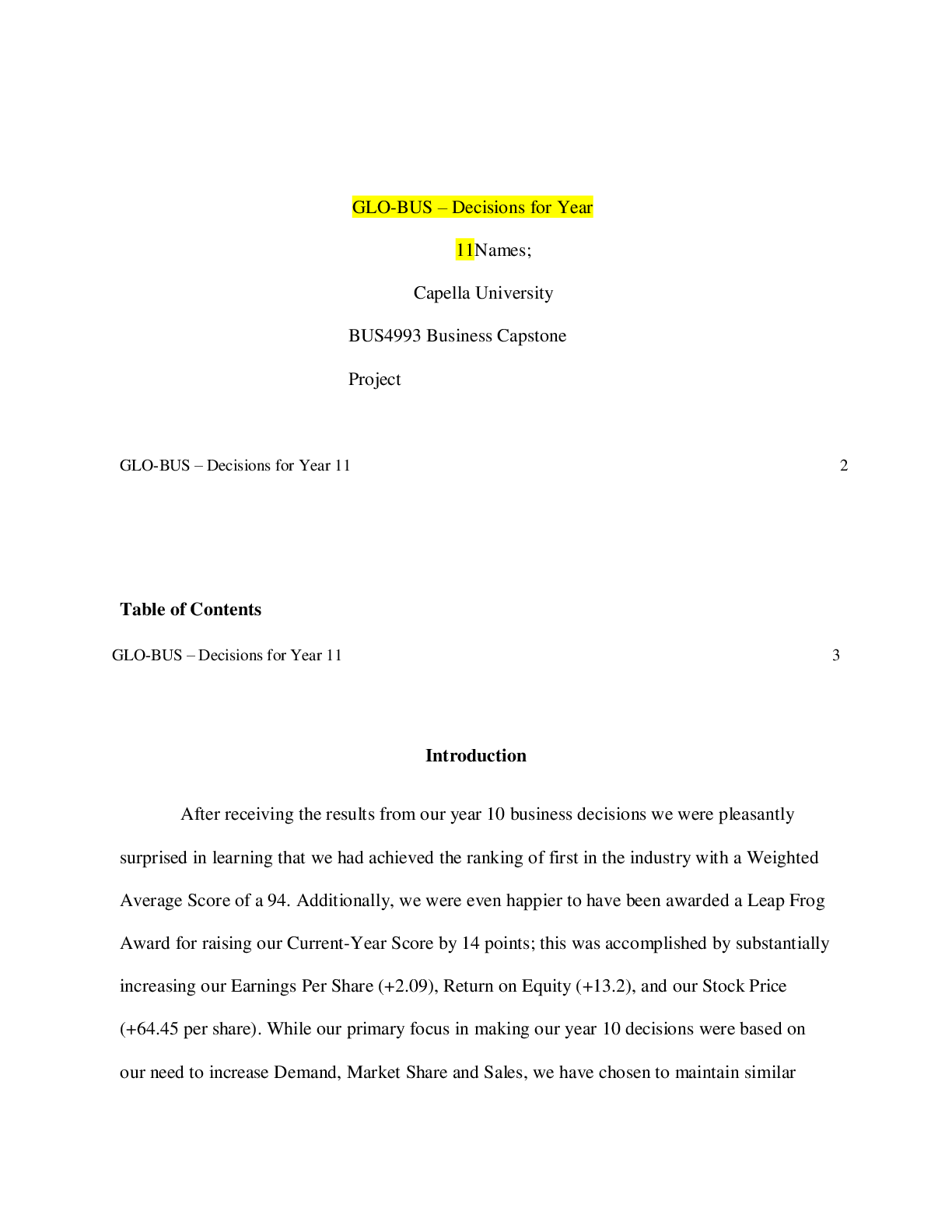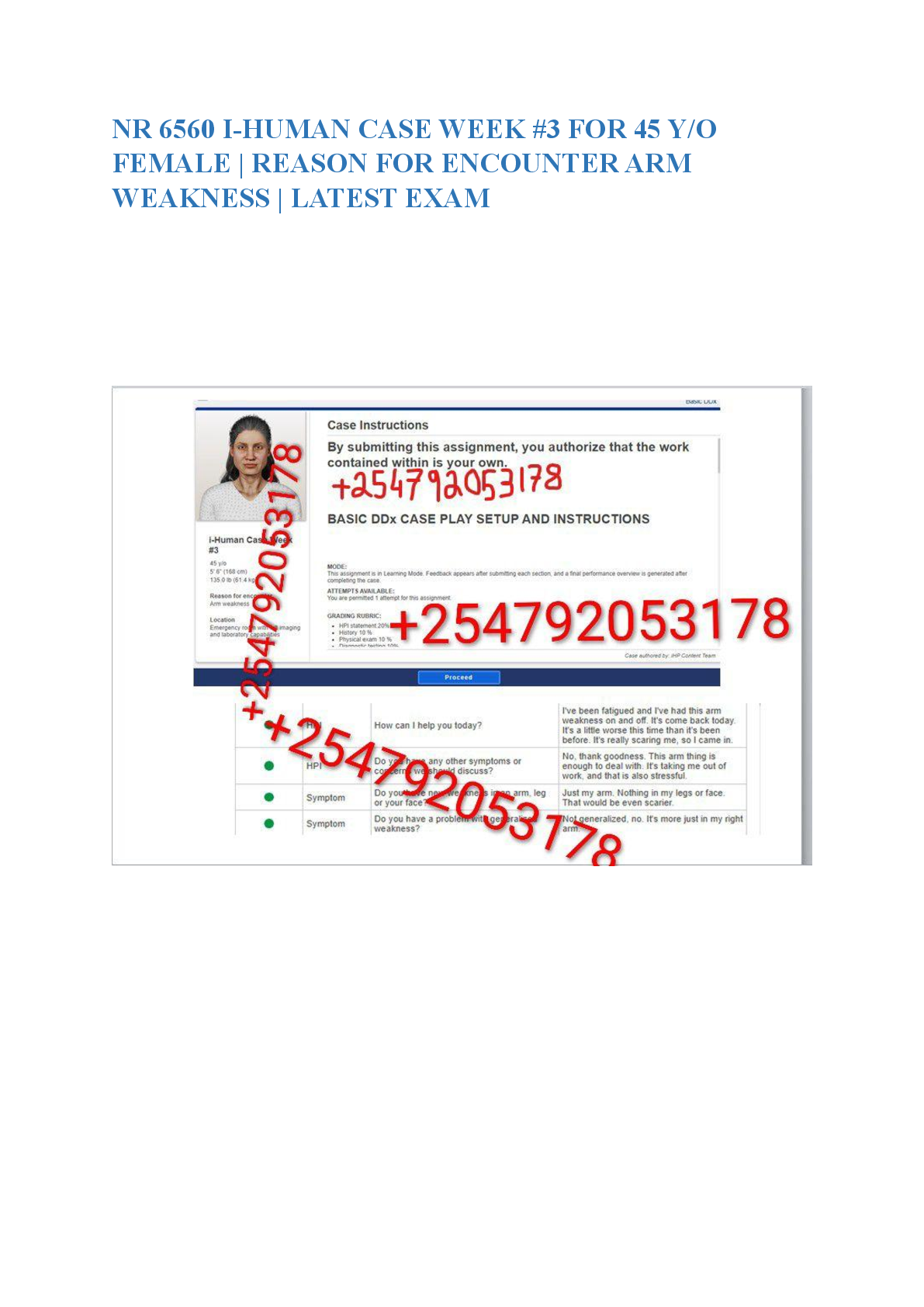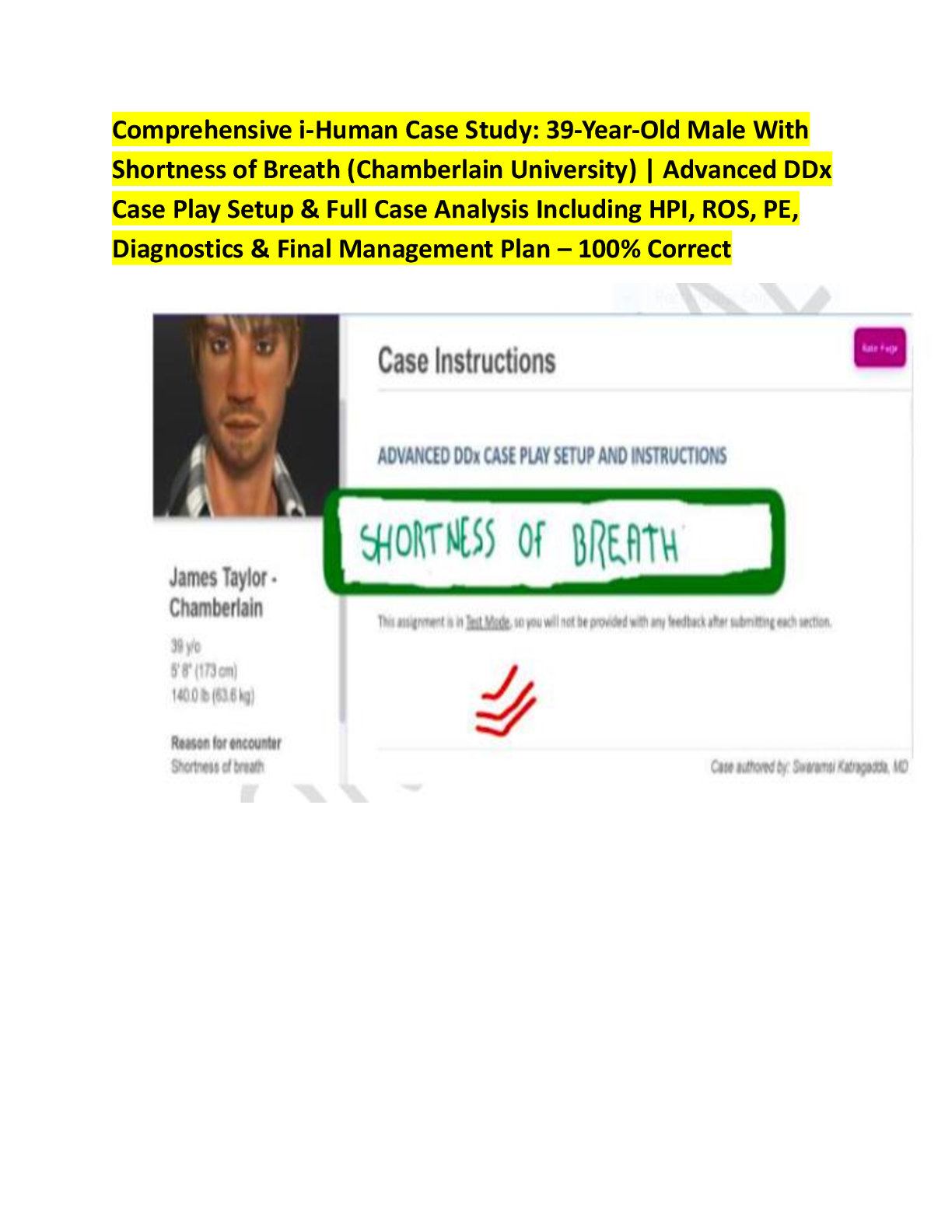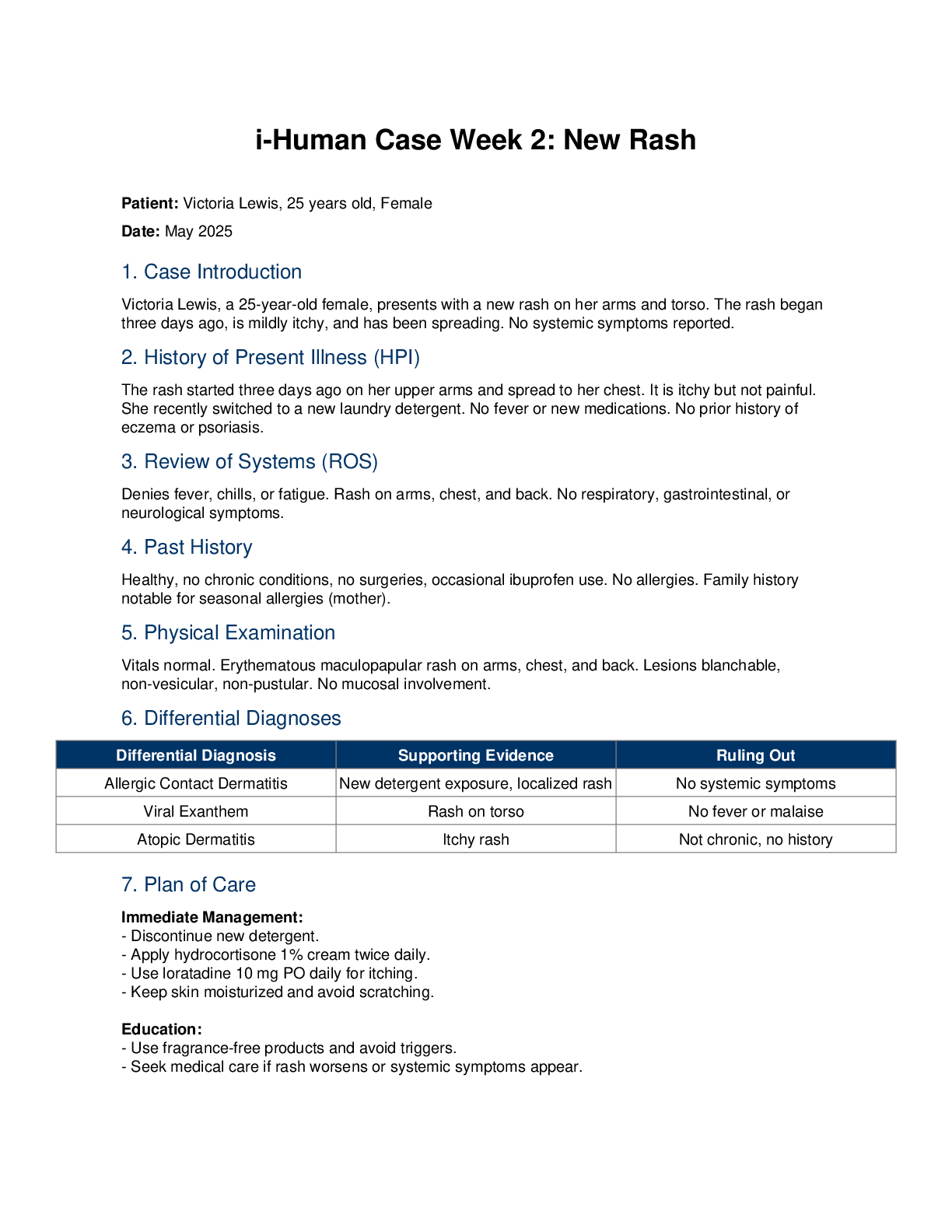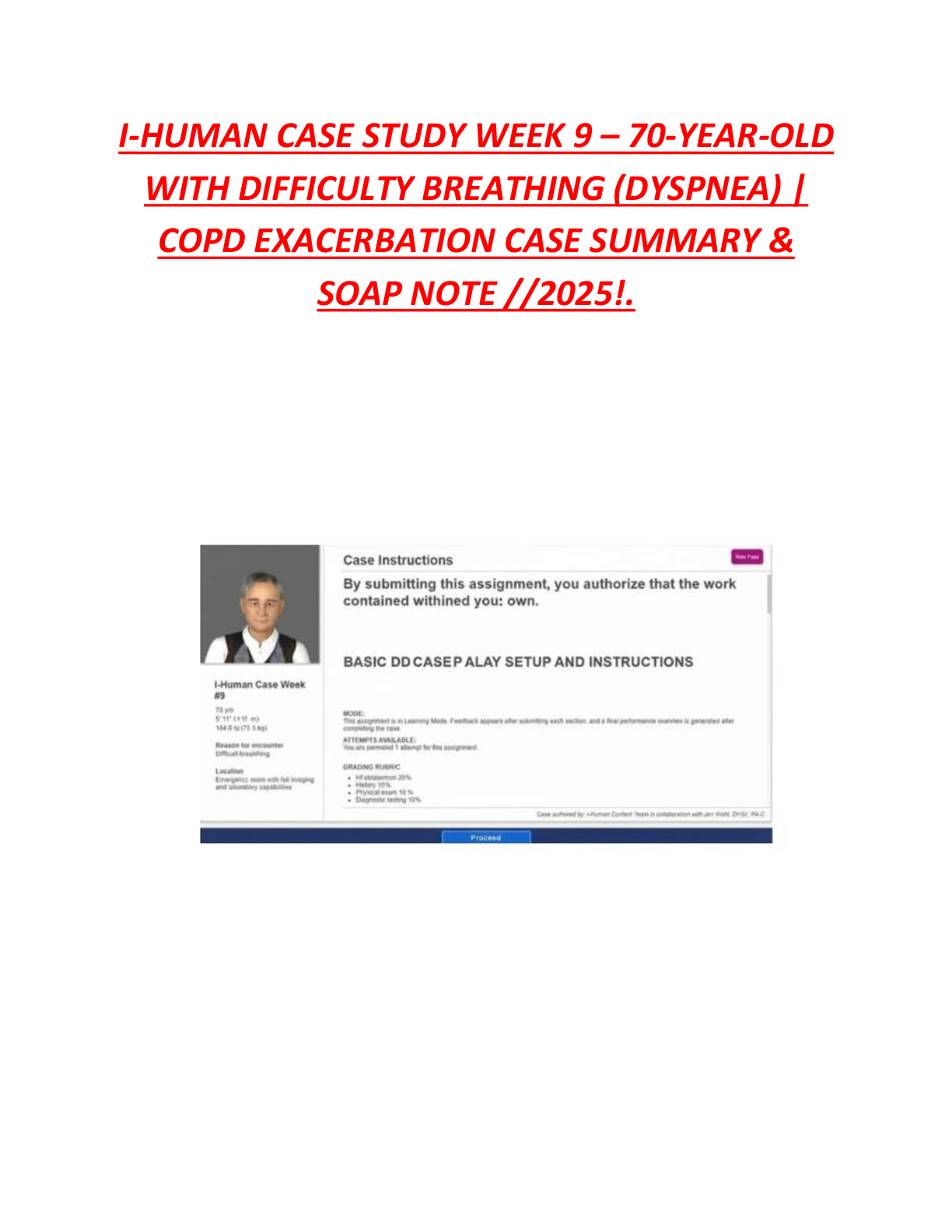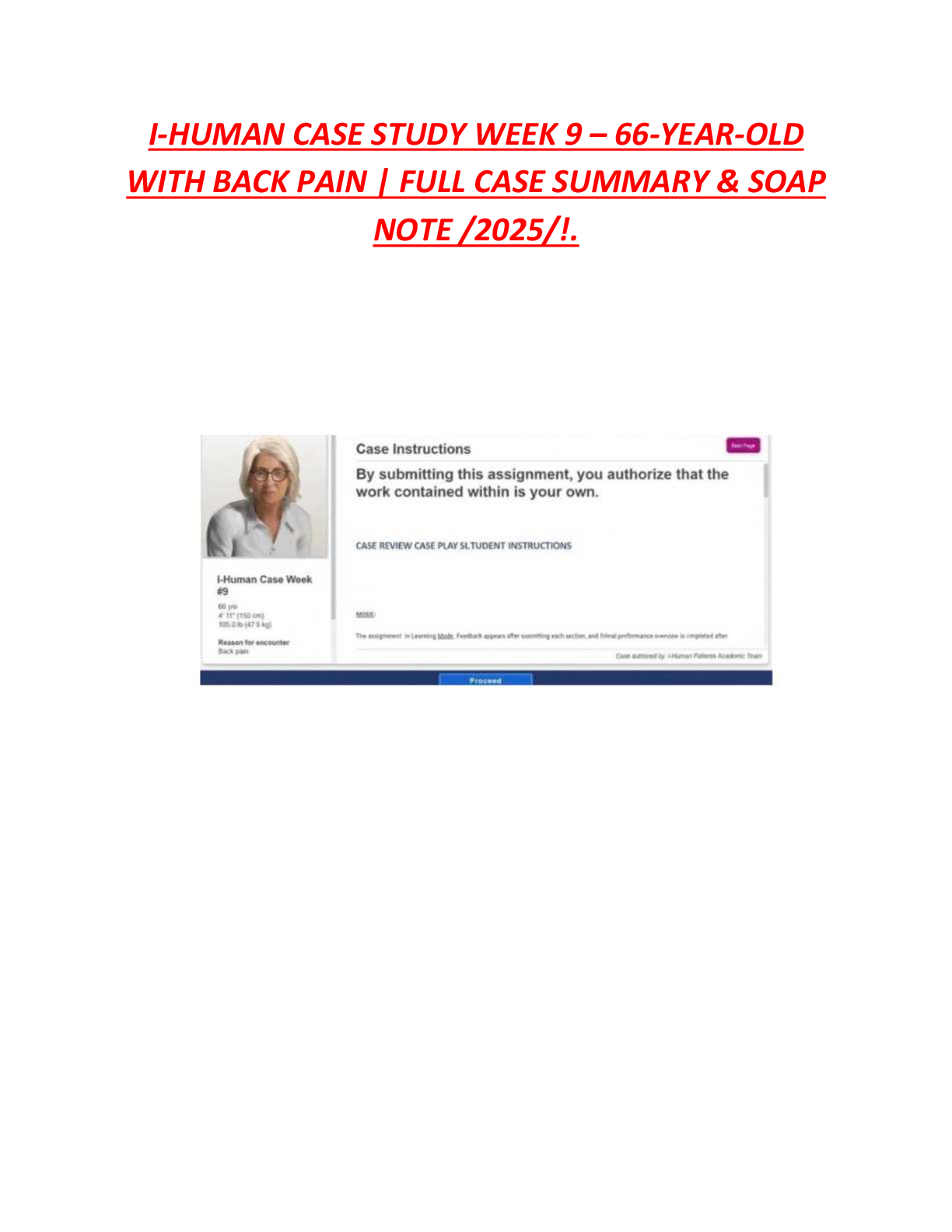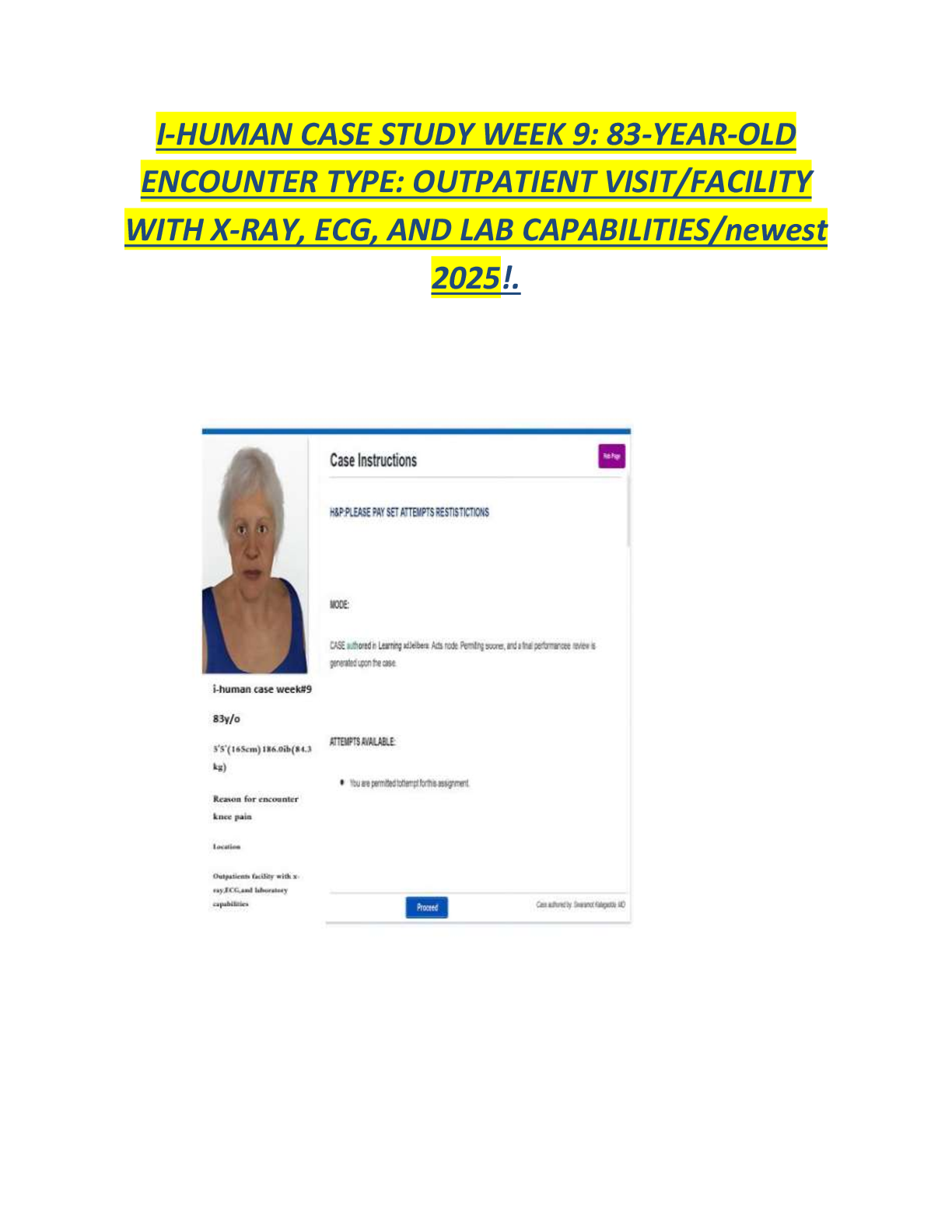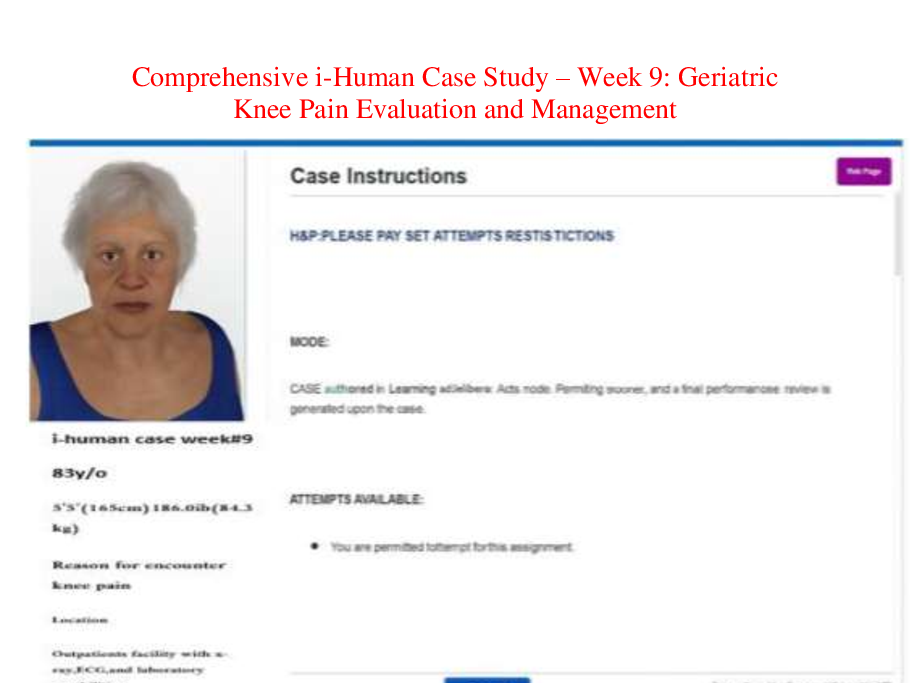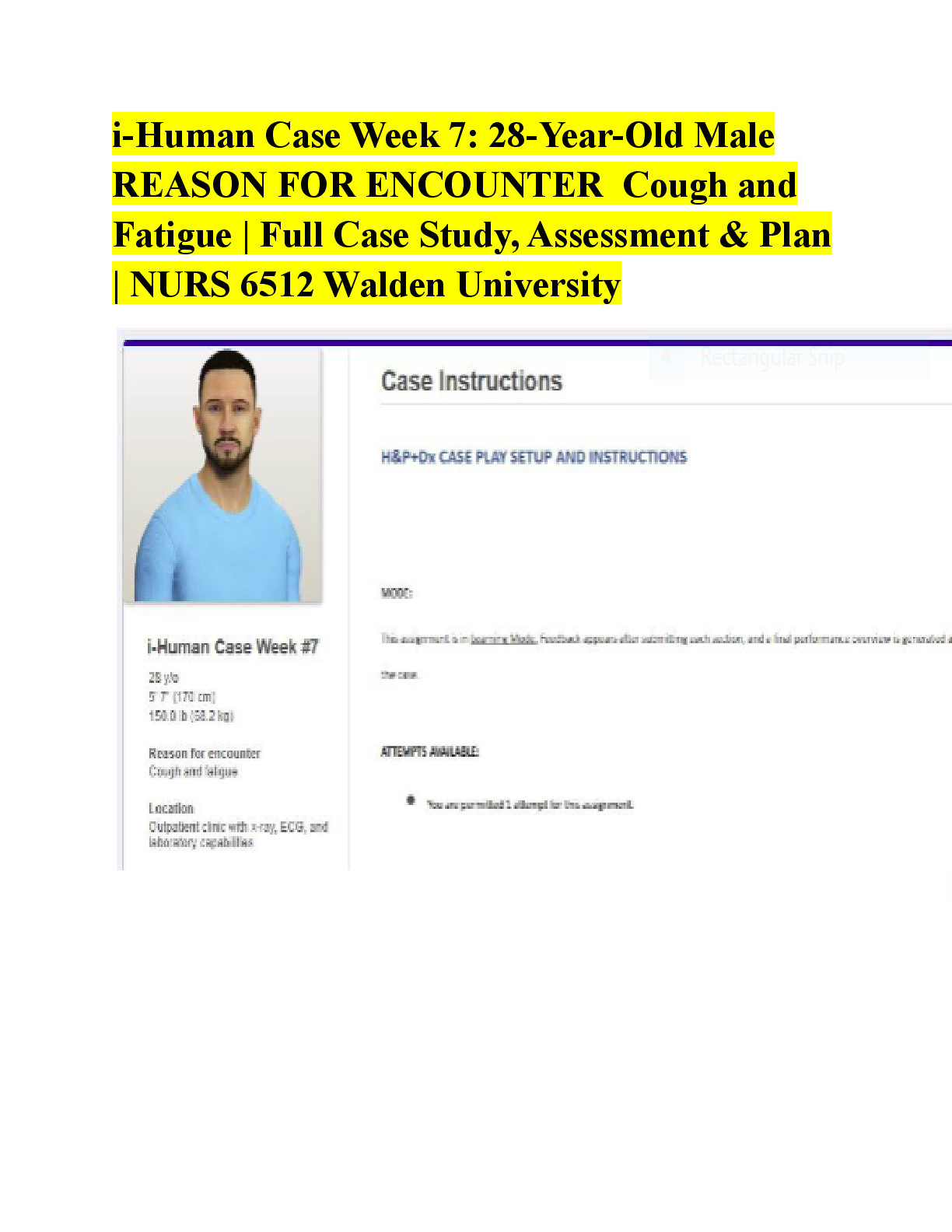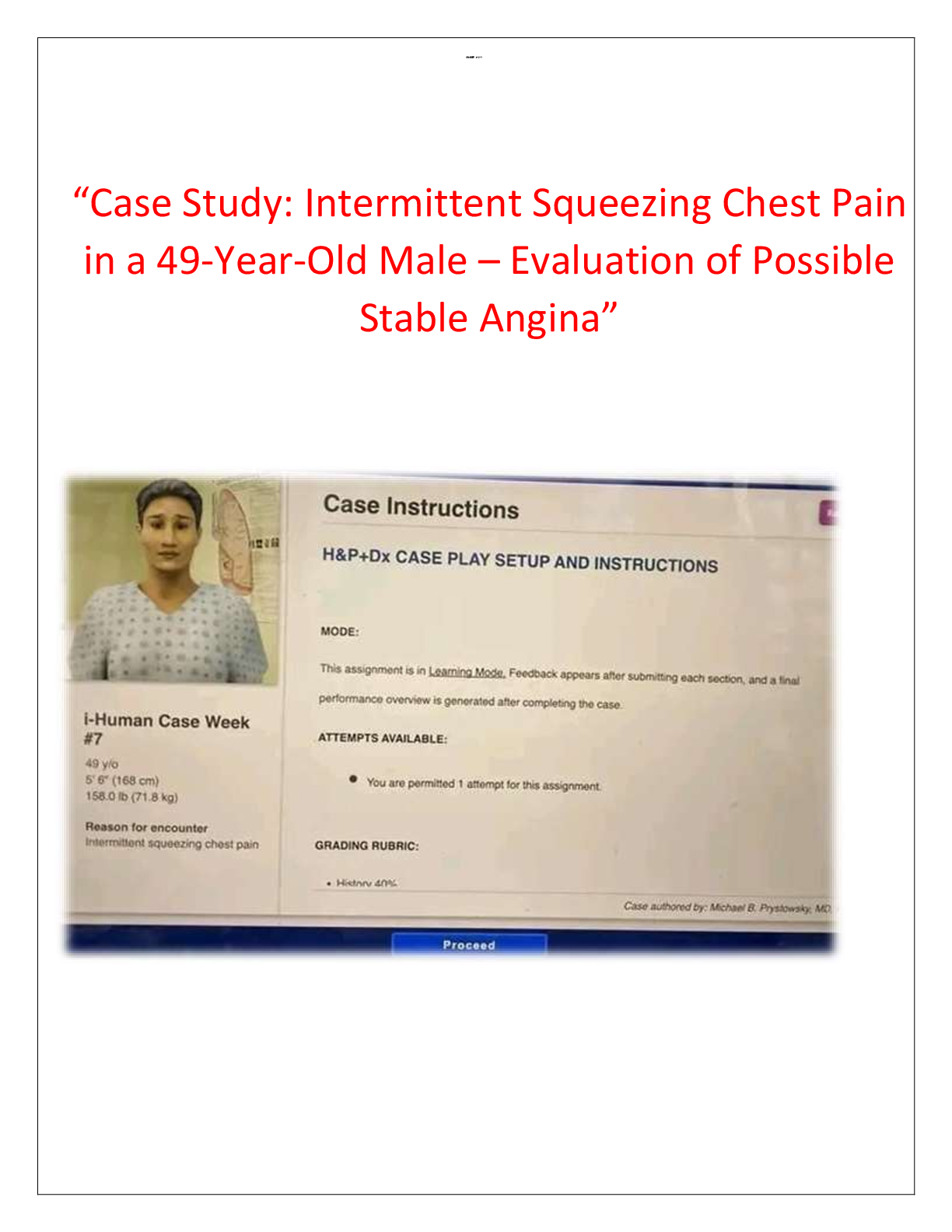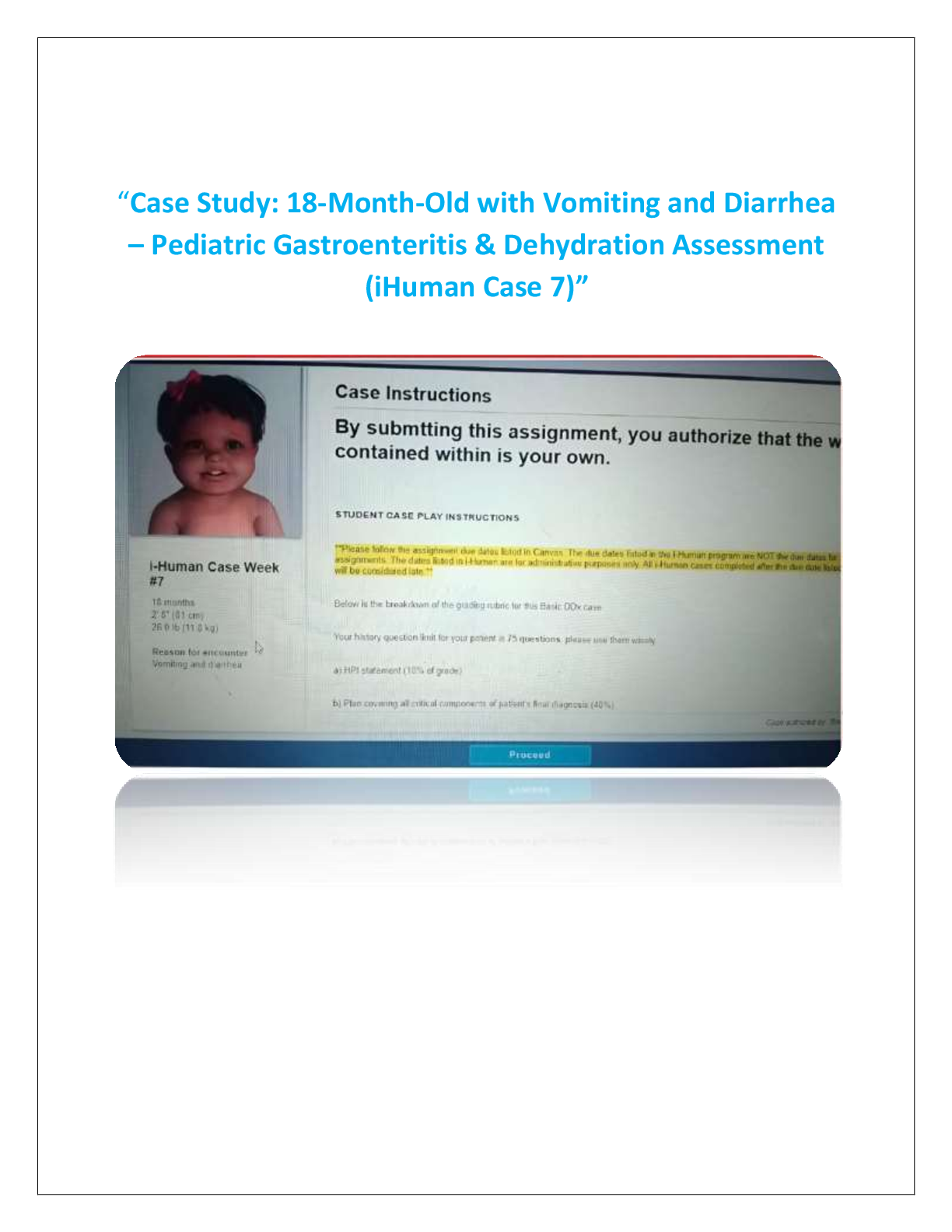Operations Management > CASE STUDY > Operations Forecasting Pradeep Dasarathan OPS/571 (MHAK1OCJ28) (All)
Operations Forecasting Pradeep Dasarathan OPS/571 (MHAK1OCJ28)
Document Content and Description Below
Introduction The critical growth of an organization depends not just on sales, revenue or products, but forecasting the future and applying techniques, methodologies and tools to ensure organization. ... Many organizations heavily depend on forecasting models to plan intermediate future as well as long term organization goals. In today’s business environment where businesses are trying to save costs it is essential to ensure the need for financial planning as well as the money saved by such challenges. Forecasting is one way to save costs as from forecasting only companies can guess the future demand and can manage their resource accordingly. Forecasting models were developed to solve this core problem and most of the organization fail due to incorrect forecasting methods which creates a huge wastage in resources for the organization. We will compare and contrast different forecasting methods and apply the models for Juniper Networks, Inc Quarterly revenue and analyze the forecasting. Forecasting Models An organization success is only as good as the forecasting model that is used to predict the future and create strategies to align business operations. Forecasting models cannot stand on its own and it is heavily interconnected with different departments and functions. Marketing relies on sales forecasting to plan new products, compensate sales personnel, and make other key decisions. Production and operations personnel use forecasts to make periodic decisions involving supplier selection, process selection, capacity planning, and facility layout, as well as for continual decisions about purchasing, production planning, scheduling, and inventory. (Jacobs, 2013, p. 443). Forecasting models falls under either a quantitative or a qualitative, where the former is modelled with historic data and latter is forecasted using managerial judgements (Jacobs, 2013, p 445). We will compare three quantitative models (Simple Moving, Exponential Smoothing and Naïve) and apply them to the historical Juniper’s revenue and analyze the best model that will fit the organization. Simple Moving Average Simple Moving Average is a stastitical method to analyze the overall trend of the data and forecasting the next best result. Simple moving average is a collected average of data. The formula to calucalte simple moving average is Simple moving average = (P1 + P2 + P3 + P4 + ... + Pn) / n where n represents the number of items and P represents the data by itself. Simple moving average is used in lots of practical situations like stock markets and financial trends. [Show More]
Last updated: 3 years ago
Preview 1 out of 4 pages

Buy this document to get the full access instantly
Instant Download Access after purchase
Buy NowInstant download
We Accept:

Reviews( 0 )
$9.00
Can't find what you want? Try our AI powered Search
Document information
Connected school, study & course
About the document
Uploaded On
Mar 24, 2021
Number of pages
4
Written in
All
Additional information
This document has been written for:
Uploaded
Mar 24, 2021
Downloads
0
Views
76


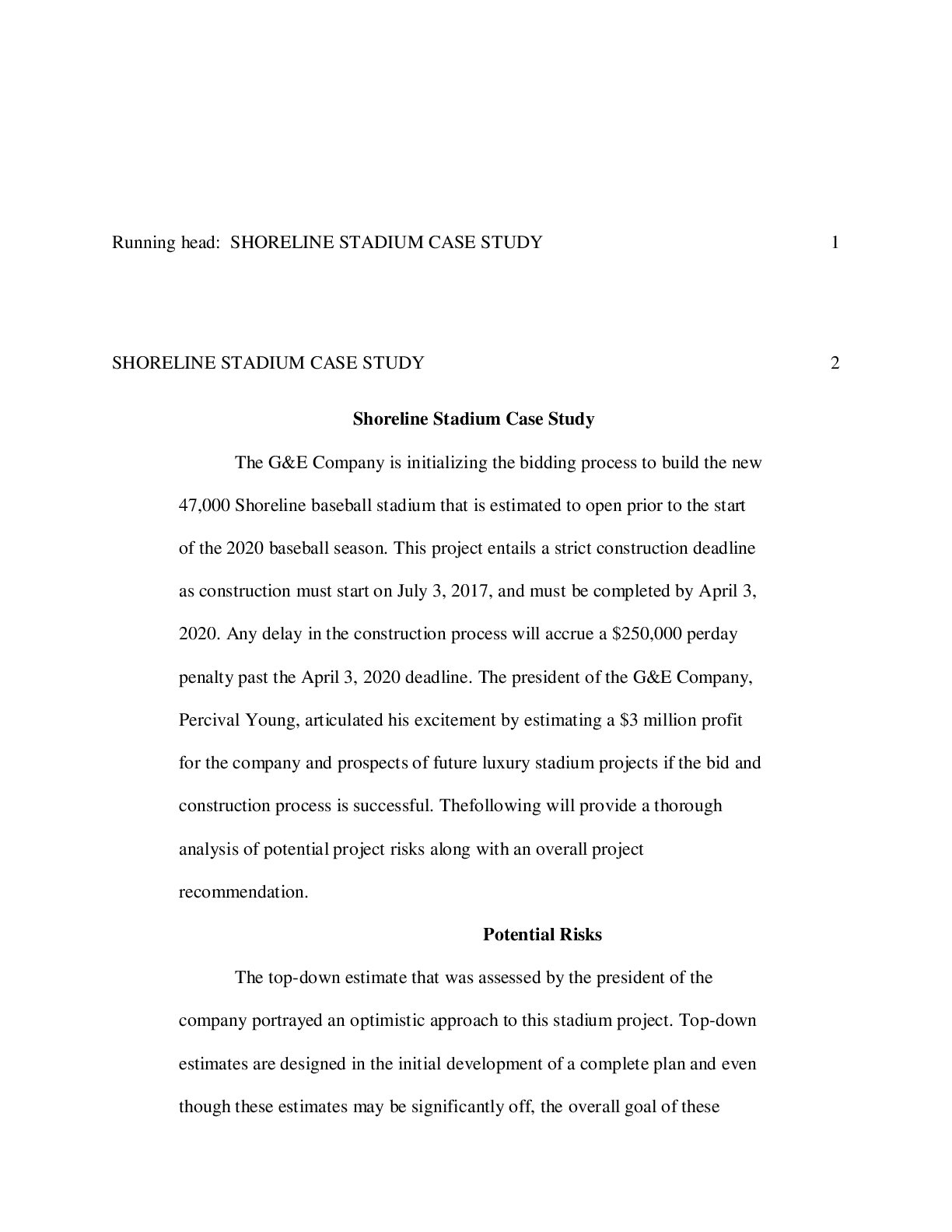
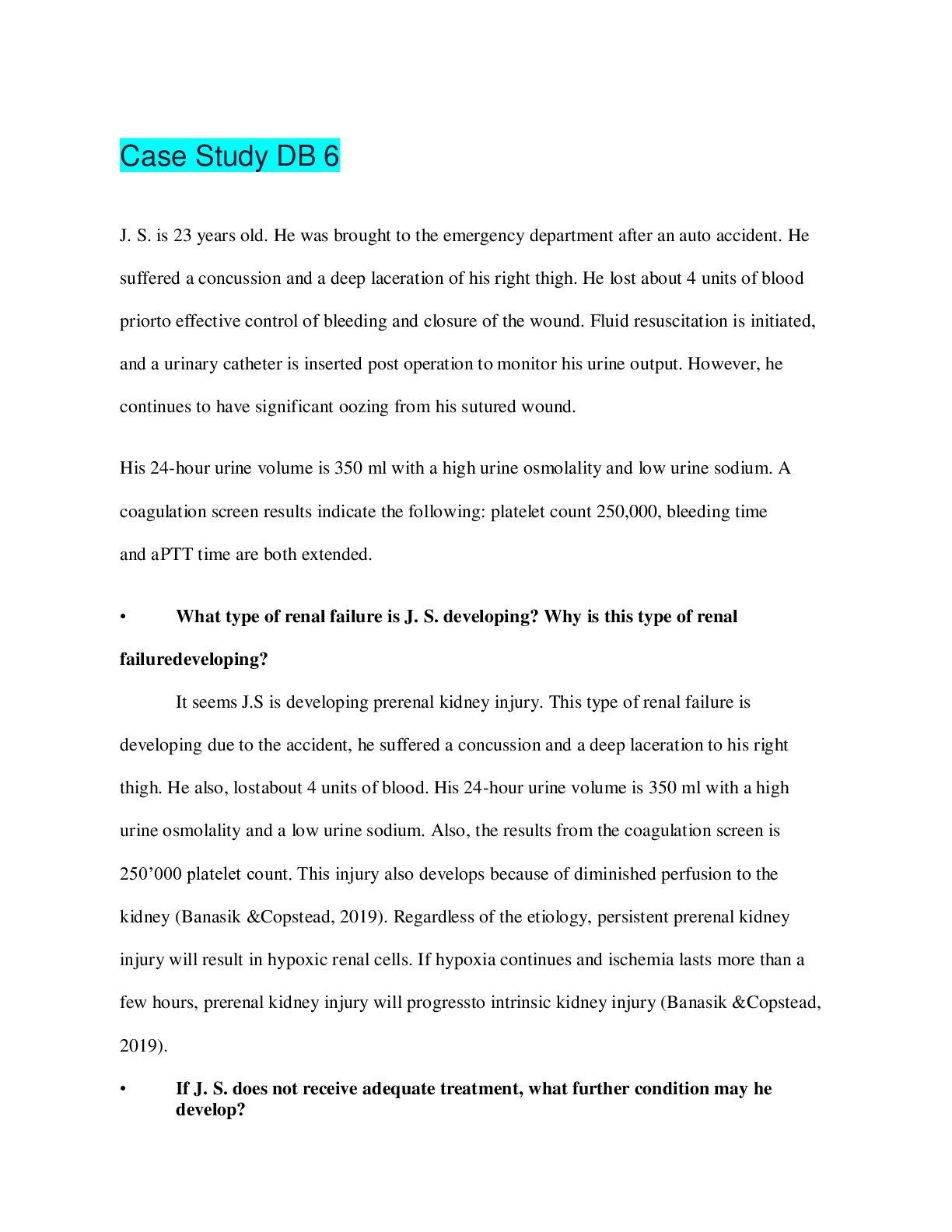

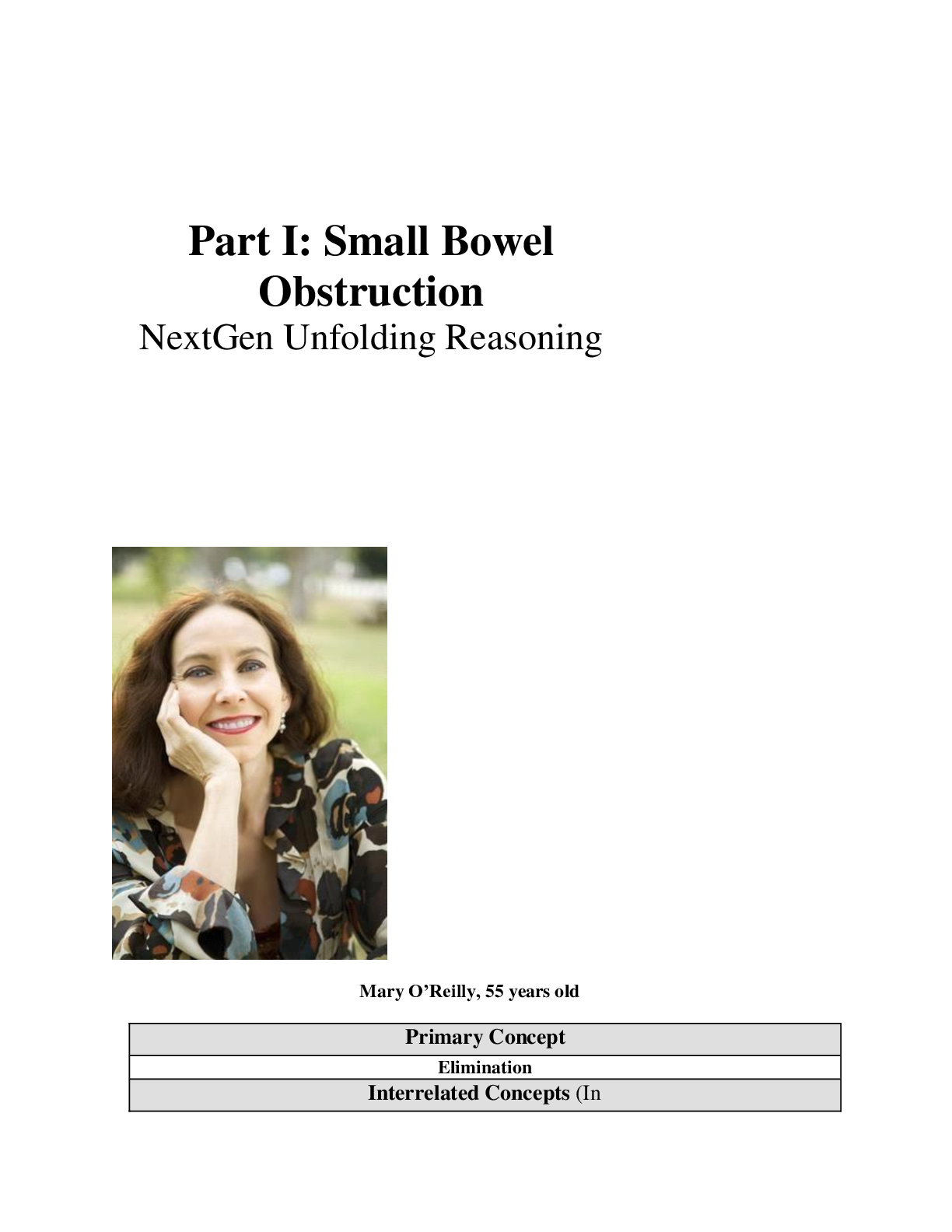

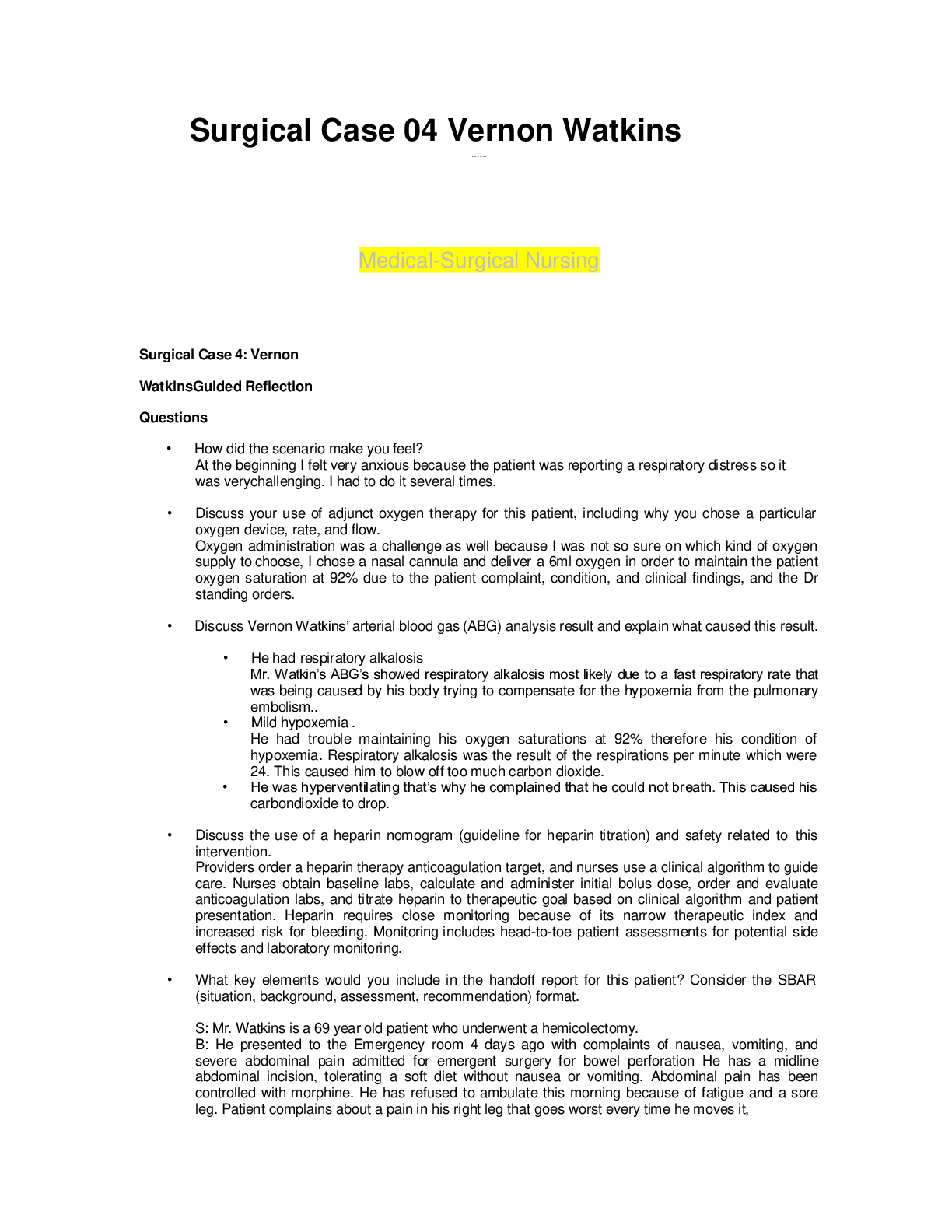

.png)
